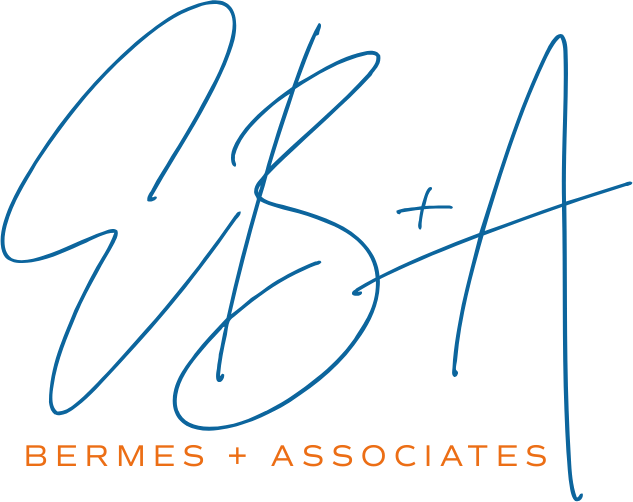Why Proactive Coaching Is Better Than Reactive Coaching
Proactivity beats reactivity every time. That’s true in business, in careers, in life – and certainly in executive coaching engagements, too.
Twenty years ago, coaching work was generally split 50/50; we’d have engagements where we were preparing or assimilating new executives (proactive coaching) offset by an equal number of engagements where we were called in to fix issues (reactive coaching).
Today, the ratio is closer to 80/20 in favor of proactive engagements – and that’s a good thing.
The bottom line is that proactive engagements simply lend themselves toward better returns. But, while the ratio has trended positively, there are still organizations that tend to seek coaching reactively instead of getting ahead of the eight ball.
To understand exactly why that’s a bad idea – in other words, why proactive coaching is inherently better than reactive coaching – let’s review how the two approaches compare across a range of critical factors.
Here we go.
1. Degree of Risk
When an organization assumes a reactive approach to coaching, they’re taking on a higher degree of risk by forgoing the chance to minimize leadership issues upfront. It’s like a student deciding that they’ll only study if they get a bad grade; obviously, by the time issues arise, some level of damage has been done.
In an organizational context, the damages of unpreparedness can be costly.
When an organization takes a proactive approach to coaching, though, they’re minimizing the degree of risk that their people are exposed to by preparing their leaders for success upfront. To continue our analogy: they’re studying for the test before they take it.
2. Resulting Executive Performance
Secondly, reactive coaching typically has less potential to bring overall executive performance to a high level. In reactive engagements, individuals are starting from behind; coaching work is done to remedy issues in an attempt to get leaders back to the bar. Coaching, as a consequence, is intently focused on correcting costly mistakes.
Contrastingly, proactive coaching has the potential to drive executive performance higher above the bar. Because these engagements occur at the outset of (or as a primer to) a new role, participants aren’t working on remedying previous mistakes. Instead, they’re laying the foundations for successful performance and high achievement immediately.
This leads to higher levels of performance overall.
3. Likelihood of Success
Reactive coaching engagements are also less likely to be successful. In these scenarios, executives are playing from behind, tensions are higher, and leashes tend to be shorter (often for good reason).
On the other hand, proactive coaching engagements have a greater likelihood of a successful outcome. Executives are starting fresh and have the opportunity to adopt positive strategies and tactics from the get-go.
To put things another way: if you want to keep a piece of paper wrinkle-free, it’s easier to avoid crinkling it into a ball in the first place than it is to attempt ironing out the lines afterward.
4. Length of Engagement
Reactive coaching engagements also simply take longer. This is somewhat intuitive; it takes longer to un-learn and then relearn something than it does to learn it correctly in the first place. Additionally, though, reactive coaching takes longer because the issues that led to the engagement have to be unpacked and understood before they can be addressed.
This involves a 360 assessment first, and then (at the very least) six months of subsequent work to resolve issues. Often, remedial work falls into the 12-18-month range.
Proactive coaching engagements, on the other hand, typically take six months total. We will often work to craft a comprehensive charter. We may carry out a proactive 360 assessment to assess an executive’s readiness for a promotion. But the bottom line is that this form of coaching sets executives up to fully understand expectations and cultural nuances.
Unsurprisingly, this well-prepared approach often leads to greater success.
5. Cost
Largely due to the length of engagements, reactive coaching services are nearly always costlier. There’s simply more time and effort involved in a turnaround.
Proactive engagements are shorter, so they tend to be much more cost-effective. And that’s not even taking into account the difficult-to-quantify financial benefits that the organization reaps from minimizing major executive missteps.
The Lesson: Don’t Be Reactive
Reactive coaching engagements represent a poorer return on investment. Successful executive performance is less likely, the risks of major missteps are higher, and the investments the engagement requires are more costly.
Proactive coaching is inherently a better option.
Don't let executives fall victim to mistakes that could have been avoided in the first place. If you’re ready for a proactive coaching approach that enables the best chance at executive success, let's talk.
Looking for an executive coach in Chicago?


